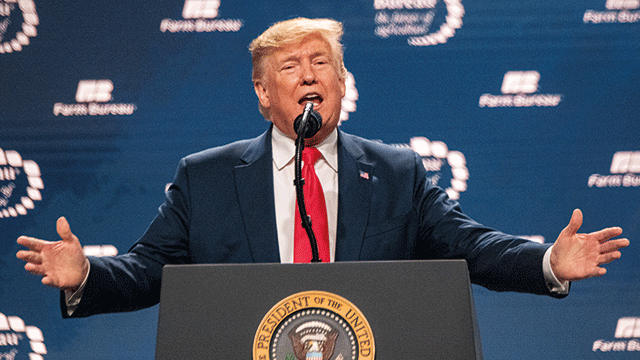Change is constant in New York and retail is no exception. But what is happening in Lower Manhattan is a complete transformation. Once considered a Monday-through-Friday business address, Lower Manhattan has become one of the ?City’s most desirable places to live, work and visit. The area’s rebirth is being driven by the confluence of several factors:
? Population boom: lower Manhattan’s population has increased by more than 50% since 2000 and is expected to grow by another 9% over the next five years.
? Increasing affluence: with an average annual household income of $158,800 (£92,796), compared with $117,400 for Manhattan overall, the area boasts a highly educated and desirable consumer base.
? Employers following the population: no longer are financial services and law firms the only game in town — TAMI (technology, advertising, media and information) tenants have surpassed financial services both in number of tenants looking for space and in total square footage.
? Growing tourism: the area now attracts nearly 12m tourists each year, with 15m expected annually within the next three years.
? Transportation: the Fulton Transit Hub and Calatrava World Trade Center are expected to handle around 500,000 commuters, area residents and tourists every day, making Lower Manhattan easily accessible to the entire metropolitan New York region.
These trends are paving the way for residential and business growth which, in turn, drives retail growth. Over the next five years, retail sales in Lower Manhattan are expected to increase by 14.3% to $2.4bn, nearly double the rate of 8% growth forecast for Manhattan overall.
The kinds of retail businesses setting up shop in the area – high-end food markets, health clubs, restaurants and lounges, global fast fashion, luxury, – are those that cater to a 24/7/365 residential, business and tourist demographic that is representative of a balanced and dynamic community. This is precisely what Lower Manhattan is fast becoming.
Demand for retail space is reflected in the area’s shrinking vacancy and surging rent levels. Vacancy stands at 5.9%, which is comparable to some of Midtown’s most desirable submarkets. And average asking retail rents of $341 per sq ft represent a whopping 35.9% increase over the past year, which ranked the area first among all Manhattan retail submarkets in terms of annual asking rental rate growth.
Only time will tell how much retail growth Lower Manhattan will ultimately experience, but our expectation is that Broadway will continue its transformation into the area’s primary urban shopping thoroughfare, Brookfield Place and the Calatrava World Trade Center complex will ?anchor the western ?segment of downtown, and continued population and business growth will drive additional retail into the eastern segment of downtown as well.
Lower Manhattan has emerged as a credible alternative location for international retailers looking for affordable New York and the next big thing. It is now firmly on our retail map of the city.
Alan Schmerzler, executive director, Americas, Cushman & Wakefield











